
Senior physics writer Emily Conover joined Science News in 2016. She has a Ph.D. in physics from the University of Chicago, where she studied the weird ways of neutrinos, tiny elementary particles that can zip straight through the Earth. She got her first taste of science writing as a AAAS Mass Media Fellow for the Milwaukee Journal Sentinel. She has previously written for Science Magazine and the American Physical Society. She is a two-time winner of the D.C. Science Writers’ Association Newsbrief award, and a winner of the Acoustical Society of America’s Science Communication Award.

Trustworthy journalism comes at a price.
Scientists and journalists share a core belief in questioning, observing and verifying to reach the truth. Science News reports on crucial research and discovery across science disciplines. We need your financial support to make it happen – every contribution makes a difference.
All Stories by Emily Conover
-
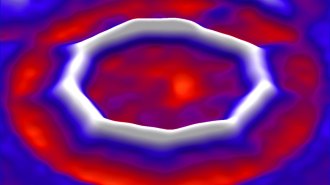 Chemistry
ChemistryChemists have created and imaged a new form of carbon
A new molecule takes its place among buckyballs, carbon nanotubes and other odd forms of carbon.
-
 Physics
PhysicsNew cloaking devices could hide objects from water waves and currents
Specially designed materials could help prevent boats from rocking too violently in harbors, researchers say.
-
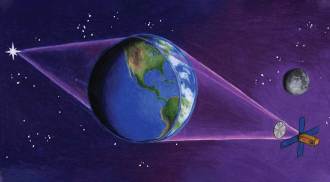 Space
SpaceA proposed space telescope would use Earth’s atmosphere as a lens
One astronomer has a bold solution to the high cost of building big telescopes.
-
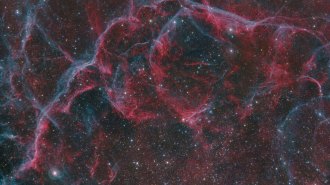 Physics
PhysicsExploding stars scattered traces of iron over Antarctic snow
Researchers melted half a ton of snow to find just 10 atoms of a radioactive variety of iron.
-
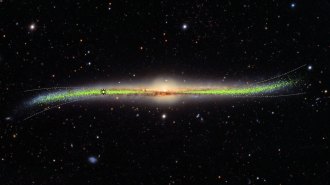 Astronomy
AstronomyA 3-D map of stars reveals the Milky Way’s warped shape
Our galaxy flaunts its curves in a chart of thousands of stars called Cepheids.
-
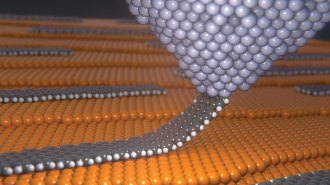 Physics
PhysicsScientists seek materials that defy friction at the atomic level
Scientists investigate superslippery materials and other unusual friction feats.
-
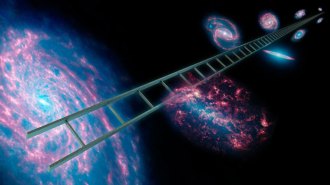 Cosmology
CosmologyDebate over the universe’s expansion rate may unravel physics. Is it a crisis?
Measurements of the Hubble constant don’t line up. Scientists debate what that means.
-
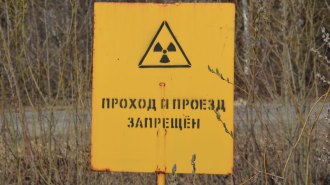 Particle Physics
Particle PhysicsHow a 2017 radioactive plume may be tied to Russia and nixed neutrino research
A botched attempt at producing radioactive material needed for a neutrino experiment may have released ruthenium-106 to the atmosphere in 2017.
-
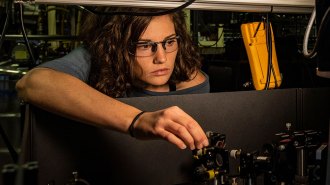 Physics
PhysicsIncreased control over ions’ motions may help improve quantum computers
Scientists precisely manipulated the ion’s oscillations and energy levels, a key step toward building better quantum computers.
-
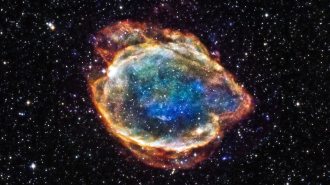 Cosmology
CosmologyScientists still can’t agree on the universe’s expansion rate
A mismatch in measurements of how fast the universe is expanding might not be real, a study hints.
-
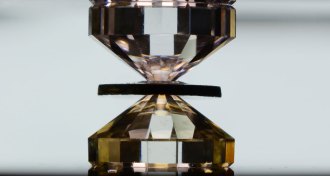 Materials Science
Materials ScienceLatest claim of turning hydrogen into a metal may be the most solid yet
If true, the study would complete a decades-long quest to find the elusive material. But such claims have been made prematurely many times before.
-
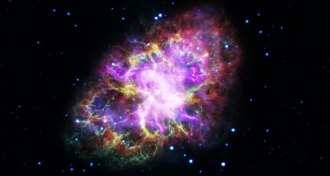 Astronomy
AstronomyThe highest-energy photons ever seen hail from the Crab Nebula
An experiment in Tibet spotted photons with over 100 trillion electron volts of energy.